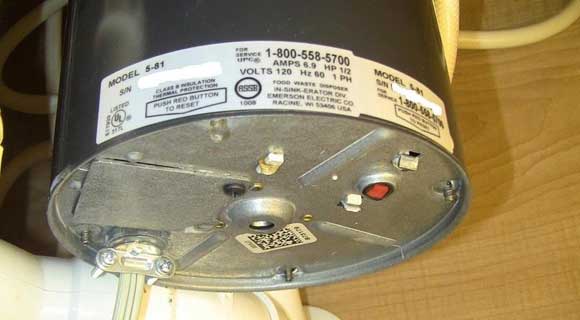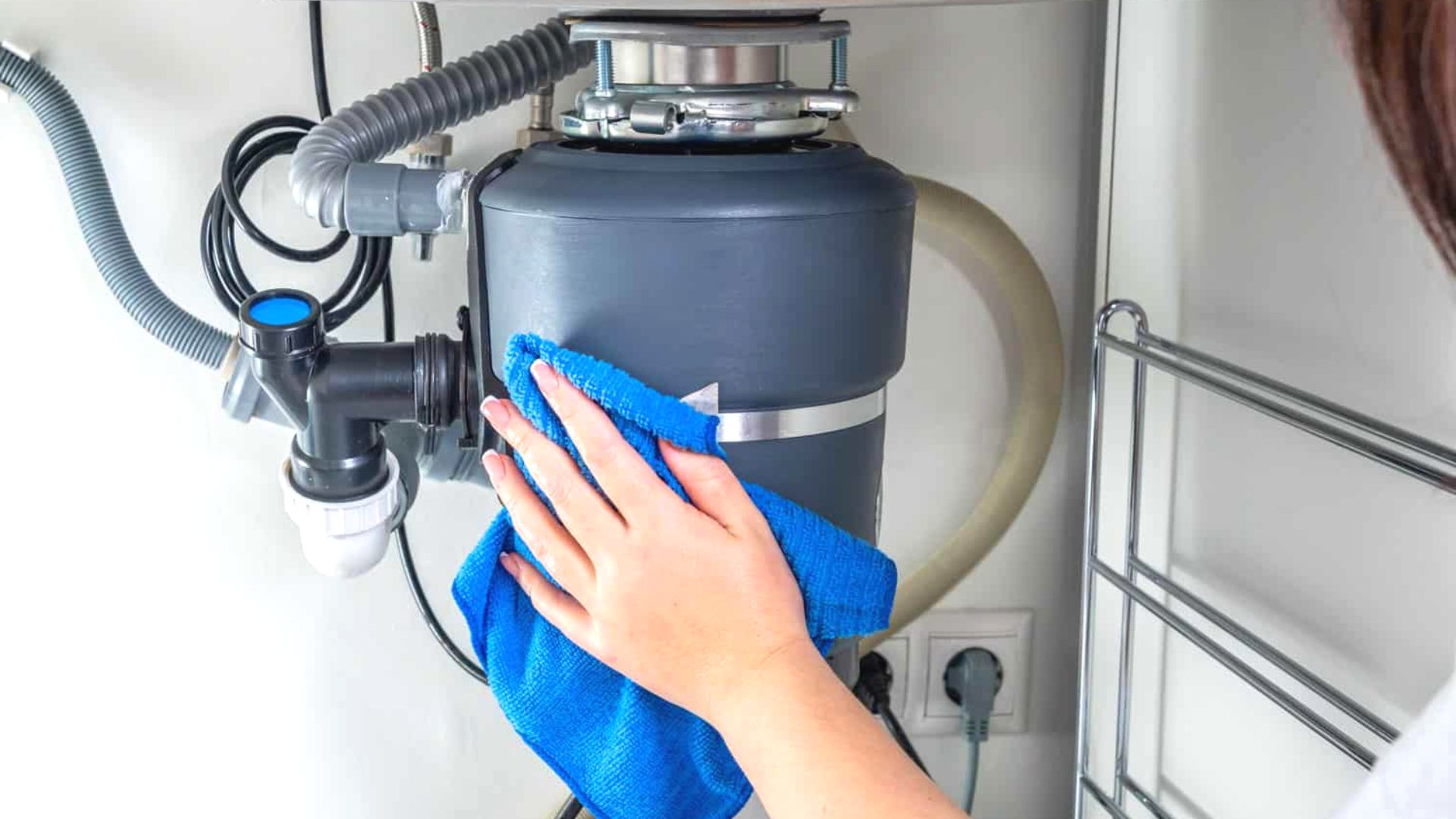Quick Steps to Stop a Leak in Your Garbage Disposal
Quick Steps to Stop a Leak in Your Garbage Disposal
Blog Article
Are you trying to locate ideas Why Is ?

Waste disposal unit are important kitchen area home appliances that assist in taking care of food waste effectively. Nonetheless, a dripping waste disposal unit can be an irritating and untidy problem to manage. Fortunately, numerous leakages can be dealt with easily with a couple of straightforward actions. In this short article, we will review how to fix a leaking waste disposal unit effectively.
Intro
Garbage disposals are set up under kitchen area sinks and are created to shred food waste into smaller items, permitting it to travel through the plumbing system conveniently. While these devices are usually dependable, leaks can happen in time because of wear and tear, loose links, or damages to the system.
Step-by-Step Guide to Fixing a Leaking Garbage Disposal
Turn Off the Power
Prior to attempting any kind of fixings, make sure that the power to the garbage disposal system is shut off to prevent the danger of electrical shock.
Locate the Leakage
Determine the exact area of the leak and determine the reason
Tighten Links
Use a wrench to tighten up any loose connections in between the disposal unit and the pipes system.
Replace Seals or Gaskets
If the leakage results from worn seals or gaskets, get rid of the old elements and replace them with brand-new ones.
Patching Splits or Holes
For fractures or openings in the disposal system, usage epoxy or an ideal patching product to secure the broken location.
Recognizing the Resource of the Leak
Prior to trying to deal with a dripping garbage disposal, it is vital to determine the resource of the leakage. This can generally be done via aesthetic assessment or by performing simple examinations.
Visual Assessment
Check the garbage disposal device very carefully for any type of signs of water leak. Pay close attention to locations around seals, gaskets, and connection factors.
Testing for Leaks
One means to evaluate for leakages is by running water through the disposal system and looking for any visible indicators of leakage.
Common Sources Of Leaks in Waste Disposals
Worn Seals and Gaskets
Seals and gaskets play an important function in preventing water from leaking out of the waste disposal unit. With time, these parts can weaken, causing leaks around the disposal unit.
Loose Connections
The links in between the garbage disposal and the plumbing system can come to be loosened in time, causing water to leak out throughout procedure.
Fractures or Holes in the Disposal Unit
Physical damages to the garbage disposal, such as cracks or holes in the real estate, can additionally lead to leakages.
Devices and Materials Needed for Fixing a Leaking Garbage Disposal
Before starting the fixing procedure, collect the needed devices and products, including a screwdriver, flexible wrench, plumbing technician's putty, substitute seals or gaskets, and epoxy or patching material for repairing splits or openings.
Evaluating the Waste Disposal Unit After Fixing
Once the repair work is total, check the waste disposal unit by running water via it to ensure that the leak has been fixed.
Preventive Maintenance Tips to Prevent Future Leaks
To prevent future leaks, it is essential to perform normal upkeep on your waste disposal unit. This includes maintaining it tidy, preventing putting non-food things or hard objects down the disposal, and regularly checking for leaks or various other issues.
Final thought
In conclusion, fixing a dripping waste disposal unit is a fairly simple process that can be completed with basic devices and products. By following the actions detailed in this article and exercising precautionary upkeep, you can maintain your waste disposal unit in good working problem and stay clear of expensive repairs in the future.
What to Do About a Leaking Garbage Disposal
A leaking garbage disposal often goes unnoticed until you confront a sopping cabinet, a foul-smelling puddle, or an audible drip-drip-drip from the unit. The fix can be frustrating, too, because the leak can stem from a number of components in the system. Fortunately, with a little sleuthing, you can zero in on the leak and—depending on the exact location—stop the icky oozing and repair the component that caused it. Worst case scenario, if it turns out that the garbage disposal must be replaced, installing a new one is a reasonable do-it-yourself task for those with basic plumbing skills. Read on to keep the cash you’d otherwise hand over to a pro.
Prepare to find the leak
Prior to testing the garbage disposal for leaks, unplug it at the wall outlet and turn off the power from the breaker box to prevent electrical shock. Then insert a watertight sink stopper into your sink drain and wipe the unit dry with a clean cloth. In any handy container, mix a few drops of food coloring into a few cups of water, and pour the dyed water onto the sink stopper to help you locate the leak.
Investigate the source
the top, where the disposal meets the sink drain the side, where the dishwasher hose or main drain pipe connects to the disposal or the bottom of the unit Inspect each of these locations while gliding a light-colored rag over the unit; the dyed water will readily show on the rag and reveal the location of the leak. If a leak isn’t immediately apparent, remove the sink stopper and pour a few more cups of dyed water down the sink drain, then check for leaks again. Leaks near the top of the unit are more likely to show themselves while the sink is plugged, while side and bottom leaks are more noticeable while the sink is unplugged.
The metal sink flange that sits directly inside the sink drain is typically sealed around the top with plumber’s putty (a clay-like sealant) and then secured from under the sink with bolts. If the plumber’s putty deteriorates, or the bolts loosen, the flange can no longer form a watertight seal between the sink drain and the disposal—which could cause a leak at the top of the unit.
To reseal the leaky flange, you must first detach the garbage disposal. Start by loosening the screws securing the main drain pipe to the disposal, then loosen the screws in the metal clamp securing the dishwasher hose to the disposal and detach the drain pipe and dishwasher hose from the disposal. Loosen the screws in the mounting ring that connects the disposal to the metal mounting assembly beneath the sink, then pull down the disposal and carefully set it on a clean, dry surface. Loosen the bolts in the mounting assembly with a wrench, then pull down the mounting assembly and set it near the disposal.

I'm just very drawn to Why Is and I hope you enjoyed my blog entry. Sharing is caring. One never knows, you may be doing someone a favor. We value reading our article about Garbage Disposal Leaking From Bottom.
Click Here Report this page